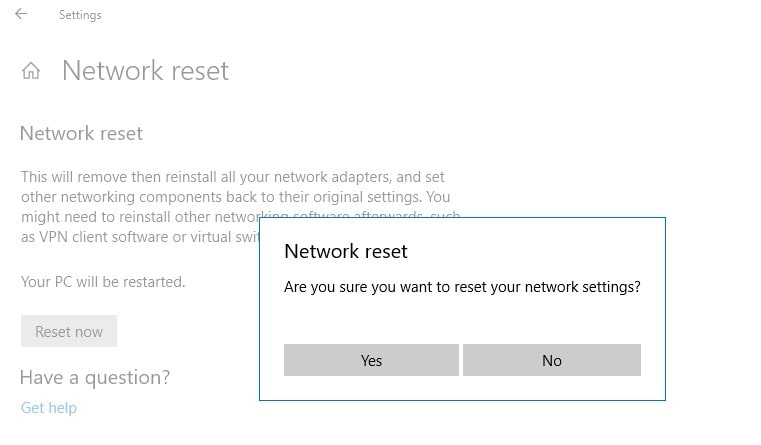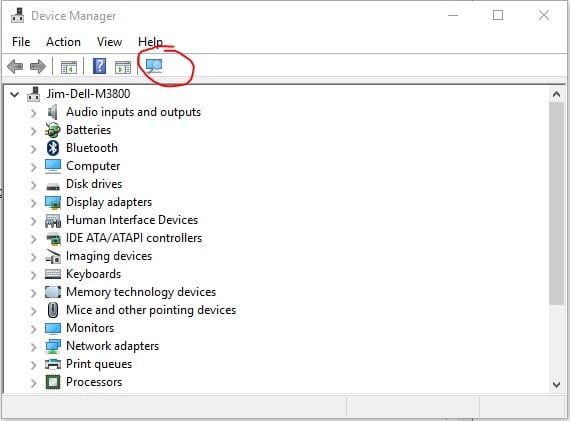How to reset all network settings in windows 10,/11

Network & internet connection disconnected after Windows 10 Update, and still can’t back online after applying various solutions? That causes you can Reset Network Settings to Fix Internet Connection in Windows 10. but before you start messing around we recommend load websites via a different web browser, checking the broadband connection is down, or the router needs resetting. Also, try powering off your router and restarting it a minute later, this probably fixes if temporary glitch causing the problem.
What is a network reset on windows 10?
Perform network reset will reinstall all network adapters and set other networking components to their default settings. And while this process Windows 10 will forget all Wi-Fi networks and their passwords. That means After resetting network settings, you will need to manually connect your PC to a Wi-Fi network again by entering the password. So, if you don’t remember the Wi-Fi password that your PC regularly connects to, you should know or back up the saved Wi-Fi password before resetting network settings.
Reset network settings in Windows 10
Here Follow the given directions to perform a network reset in Windows 10.
- Press the Windows + I keyboard shortcut to open the settings app,
- Click on Network & internet.
- It should open on the Status page, but if not, click Status at the top of the menu in the left-hand pane.
- Scroll down on the right until you see Network reset, Click this
- A new window open where you’ll see a button to ‘Reset now’.

- This will reinstall the network adapter driver and reset network settings to default make like fresh.
- And You need to restart your PC to apply the changes
Network reset on Windows 7
If you are on other versions of Windows 7 or 8.1 here is how to reset network settings.
- Open the Control Panel from the Start menu,
- Go to Network and Internet and then Network Connections.
- Select the appropriate adaptor (Ethernet if you have a network cable connected to your computer or Wi-Fi if you usually connect to your router wirelessly) and right-click on it.
- Click Disable.
- Then double-click on it to enable it again.
- This often fixes connection problems, but you can also select a connection and hit the Delete key on your keyboard to remove it.
- To reinstall it, go to Device Manager and click the ‘Scan for hardware changes’ icon – circled below – to find it and Windows should automatically install its drivers.

Forget Wi-Fi networks Windows 10
If the problem is that your computer keeps connecting to the wrong Wi-Fi network, here’s how to make Windows forget them.
- From the Start menu, click the cog icon to open the Settings app.
- Click on Network & internet, then click on Wi-Fi in the left-hand menu
- On the right, click on Manage known networks.
- Click on the network you no longer want to use, and click the Forget button.
Reset TCP/IP settings
There’s also a way to reset Windows’ TCP/IP settings if you have problems connecting to the internet from a particular laptop or PC.
- Launch Internet Explorer and click on the cog icon in the top-right corner.
- Then choose Internet Options.
- On the Advanced tab, click Reset.
- A new window will appear explaining everything that will be erased by continuing.
- If you tick the ‘Delete personal settings box, it will remove browsing history, cached files, and reset your home page(s).
- Restart your computer when IE has finished restoring the settings.
Now open the command prompt as administrator and perform commands below one by one.
netsh int ip reset
This will generate a log file:
int ip reset resettcpip.txt
If you are using IPv4, type the following and hit Enter:
netsh int ipv4 reset
If you use IPv6, type the following and hit Enter:
netsh int ipv6 reset
Additionally, you can also use Netsh commands to flush DNS and reset network settings to fix Internet connection problems. The command lines are as follows:
- ipconfig /release (this command removes the current IP configuration)
- ipconfig /renew (this command requests your DHCP client to reset an IP address)
- ipconfig /flushdns (use this Netsh command to clear corrupted or incorrect DNS cache)
- netsh winsock reset (this command line resets Winsock settings and recovers your computer from any socket errors. Winsock contains your computer Internet connectivity configurations)
